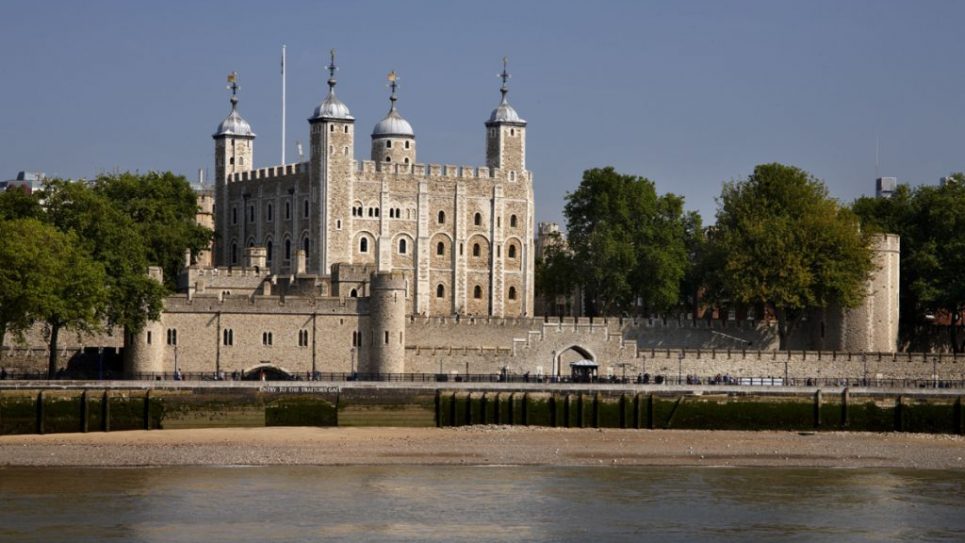Tower of London to be recognised as ‘key site’ for medieval Jewry
Researchers shed new light on the national landmark’s “particular significance for London’s Jews” dating back 750 years.
medieval Jewish heritage to its millions of visitors, after researchers shed new light on the national landmark’s “particular significance for London’s Jews”.
Rupert Gavin, chair of Historic Royal Palaces, announced that the Tower – which attracts three million visitors per year – will incorporate the newly-understood Jewish links into its Yeoman Warder tours as well as its school education programme.
Gavin described these Jewish defenders as “an extraordinary group” and said the research has meant that Jewish involvement in this famous battle scene is now being re-enacted for tourists, 80 percent of whom come from abroad.
Tower historians, drawing on treasury documents from the time, have shed light on several areas, revealing that part of the Tower, including Traitor’s Gate, was built using revenue raised from taxing Jews, who were then “the property of the King”.
Reconstructed view of the Tower of London from the south west in about 1320, including Edward I’s vast moat and Traitors’ Gate, part-funded by England’s Jewish community. Picture credit: Historic Royal Palaces
Gavin’s announcement follows publication of a detailed study into the central and multi-faceted role the Tower played in the protection, power and persecution of England’s first Jews from their arrival from France until their expulsion in 1290.
Collections curator Sally Dixon-Smith spent three months looking into the links and published her report this week, including how the Constable of the Tower even levied a leaving fee on Jews being expelled.
Traitors Gate. Picture credit: Historic Royal Palaces
Unveiling her work, she said “the position of the Jewish community is central to any understanding” of England at the time, in particular that of the Tower.
During this period the Tower served as a refuge for Jews when anti-Semitic violence erupted, such as at the coronation of Richard I (aka ‘Richard the Lionheart’) in 1189.
But it also served as a law-court (the Tower Constable being responsible for all crimes involving London’s Jews), as well as a prison and a tax collection centre.
“Royal ownership of Jews meant the Crown used the Tower and its officials to exercise direct control over them,” said Dixon-Smith, adding that the Tower’s national reach “is clear in its role in legal proceedings against Jews from communities other than London, such as the Lincoln blood libel case of 1255”.
She said: “The Tower should be more widely acknowledged as a key site in England’s medieval Jewish heritage,” she said. “Medieval Jewish history and the history and development of the Tower are inextricably linked.”
Until now, histories of the Tower of London have rarely mentioned Jews except in relation to the controversial mass imprisonment for alleged coin-clipping – shaving slivers of silver from the edge of coins – in 1278, which brought 600 Jews to the Tower, and ended in several executions.
Gavin said: “This is important academic work but it is practical as well. In our telling of the story of the Tower, we have tended to forget and ignore this important part. The significance of the work is that this now enables us to go back to our core story, which informs everything around this building.”
He said this would include rewriting the Tower’s module for school groups “to show the role of the Jewish community, and how it worked within medieval London and medieval Britain”.
He added: “This means schoolchildren from all over the country can come and get an insight into how a minority group worked so productively within medieval England, which I think has a lot of lessons for the way that we work as a society today.”
Source: Jewish News Online
